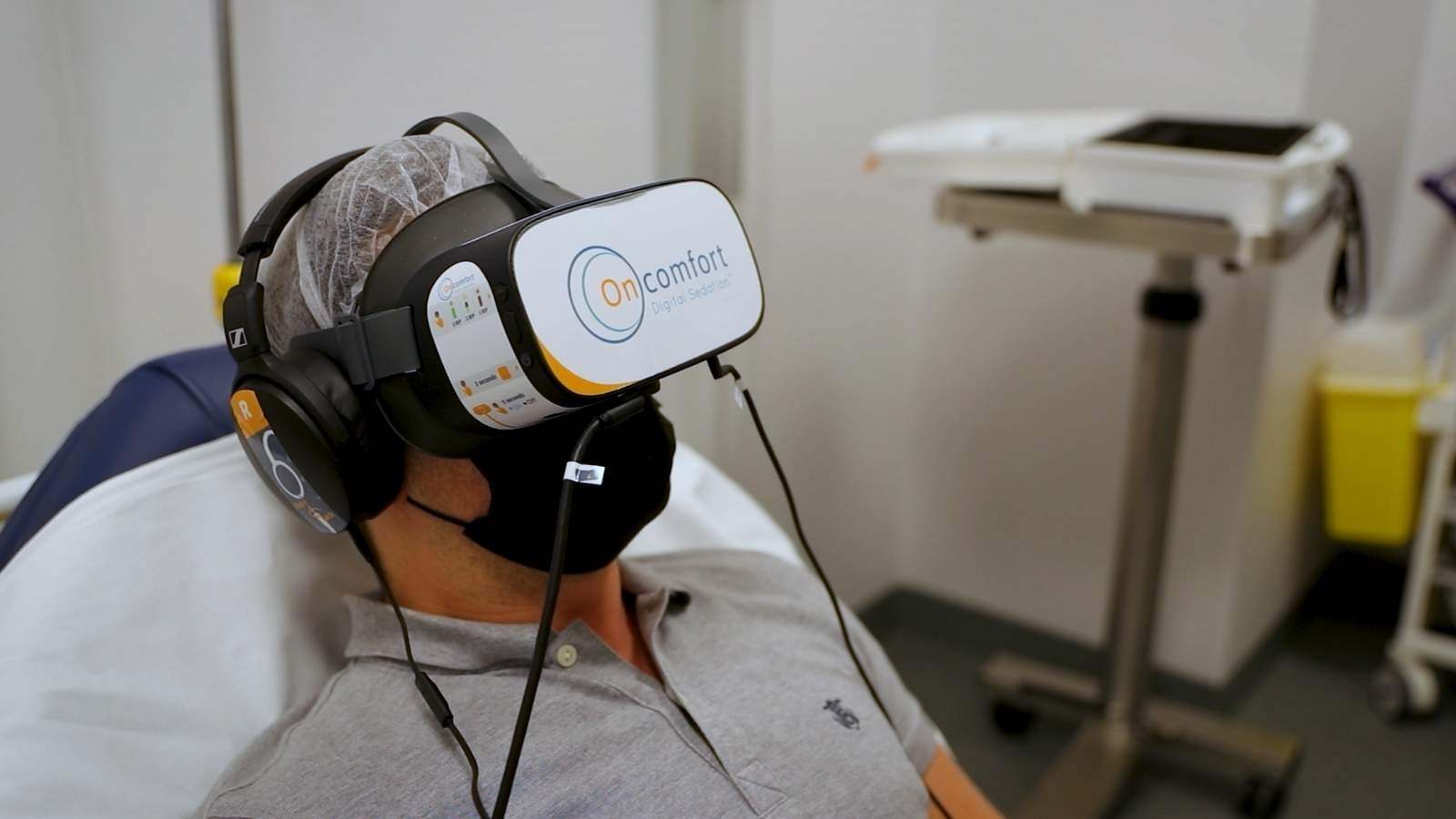Environmental Risk Assessment (ERA) is a mandatory part of the marketing authorization process for medicinal products in the EU. According to the EMA Guideline on the Environmental Risk Assessment of Medicinal Products for Human Use (EMEA/CHMP/SWP/4447/00 Rev.1), effective 1 September 2024, applicants must provide clear, science-based evidence that their products do not pose an unacceptable risk to the environment. A submission-ready ERA demonstrates both regulatory compliance and environmental responsibility.
1. Start the Environmental Risk Assessment (ERA) process early
The Environmental Risk Assessment (ERA) should be planned as part of the overall CMC development strategy, not left to the end of dossier preparation. Early involvement allows Regulatory Affairs, CMC, and Non-clinical teams to align on data requirements, responsibilities, and timelines. Integrating the ERA process from the beginning ensures consistency between quality documentation, impurity data, and environmental exposure assessments — helping to avoid delays and data gaps later in development.
2. Gather and document data properly
The 2024 EMA guideline revision places strong emphasis on transparency in data collection and evaluation. Applicants are expected to clearly describe how information was sourced, screened, and selected. A robust ERA typically combines data from literature reviews, validated databases such as ECHA, OECD eChemPortal, or PubChem, and internal study reports.
Documenting search strategies, databases, and keywords used — as well as the rationale for excluding or replacing data — is essential. When information is missing, data gaps must be identified and justified scientifically.
3. Apply the correct decision logic
The ERA follows a tiered approach. Phase I involves calculating the predicted environmental concentration (PEC) to determine whether it exceeds the 0.01 µg/L trigger threshold. If it does, Phase II testing is required. The extent of this testing — standard or tailored — depends on the substance’s use, metabolism, and persistence.
Regulators value clarity and traceability in how these decisions are documented. Well-structured PEC/PNEC summaries and concise rationale statements are preferred over lengthy, unorganized datasets.
4. Prepare a clear and compliant report
The final ERA should be presented as a structured, standalone document within CTD Module 1.6, with cross-references to other modules where relevant. It must include an executive summary, methodology, data sources, results, and justification for any assumptions made. Where applicable, environmental risk statements should also be reflected in the SmPC or product labeling.
Proper report formatting and consistent terminology make it easier for reviewers to assess and validate the conclusions.
5. Avoid common mistakes
Typical issues in ERA submissions include incomplete data documentation, inconsistent search methods, unnecessary experimental testing, and lack of justification for not advancing to Phase II. Using predefined templates, checklists, and quality reviews helps maintain alignment with regulatory expectations and ensures that all required elements are addressed.
Practical, well-documented reasoning often leads to faster approvals and fewer regulatory queries.
Final Thoughts
In summary, a submission-ready ERA combines early planning, transparent data management, and structured reporting aligned with EMA expectations. Companies that integrate ERA activities early in development and document decisions clearly can deliver compliant, scientifically sound reports that withstand regulatory scrutiny and support sustainable pharmaceutical practices.
Partner with experts who ensure your ERA meets every regulatory expectation.
QbD’s Regulatory Affairs and Environmental Risk Assessment teams help you plan, document, and deliver fully compliant, submission-ready ERAs that stand up to scrutiny.
Contact us today to discuss how we can support your next dossier submission with confidence and efficiency.



















.png)

.jpg)
